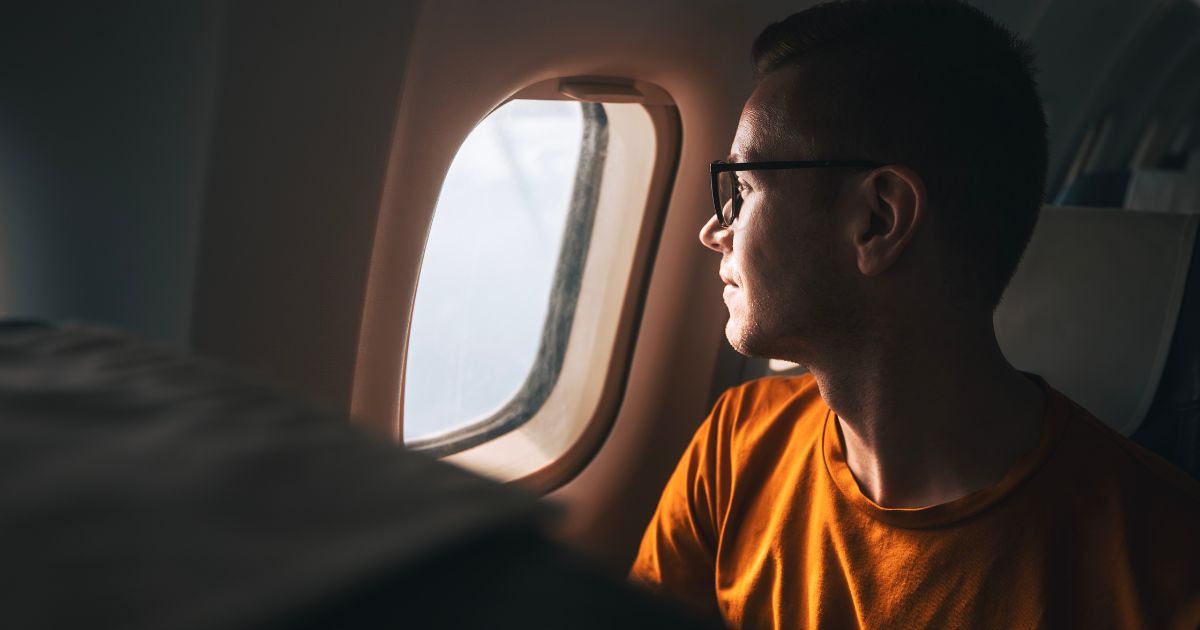
Why Your Teeth Hurt When You Fly (And What to Do About It)
Have you ever experienced unexpected tooth pain during takeoff or landing? You’re not alone. Many flyers are surprised to discover that airplane trips can trigger dental discomfort, leaving them wondering if something is seriously wrong with their teeth.
The good news is that airplane tooth pain is more common than you might think, and understanding why it happens can help you prepare for your next flight—and potentially uncover underlying dental issues that need attention.
What Causes Tooth Pain During Flight?
The culprit behind high-altitude tooth pain is air pressure changes, also known as barotrauma. As the aircraft climbs and descends, pressure fluctuations affect air-filled spaces in your body, including tiny pockets within your teeth and sinuses.
When you have healthy teeth, you typically won’t feel anything unusual. However, if there’s trapped air beneath a filling, around a crown, or within a small cavity you didn’t know existed, the pressure changes can cause that air to expand or contract—resulting in pain that ranges from mild discomfort to sharp, throbbing sensations.
When Flight-Related Tooth Pain Signals a Problem
While some flyers experience temporary discomfort that resolves once cabin pressure stabilises, persistent or severe pain during flight often indicates an underlying dental issue that deserves attention.
Common culprits include loose or failing fillings, small cavities, cracked teeth, or even sinus infections that put pressure on your upper molars. The altitude change essentially acts as a diagnostic tool, revealing problems that might not cause symptoms at ground level.
If you experience significant tooth pain during flight, it’s worth noting which specific teeth are affected and how long the discomfort lasts. This information can be valuable when discussing your symptoms with your dental team.
Practical Tips for Pain-Free Flying
Before your flight, consider taking an over-the-counter pain reliever if you’re prone to airplane tooth pain. Staying well-hydrated also helps, as dehydration can make you more sensitive to pressure changes.
During takeoff and landing, try gentle jaw exercises like yawning or chewing gum to help equalize pressure. Some flyers find that swallowing frequently provides relief.
When to See Us
Any tooth pain that occurs during flight—especially if it’s severe or doesn’t resolve quickly after landing—warrants a dental evaluation. Even if the pain disappears completely once you’re back on the ground, it could indicate a small cavity, loose filling, or other issue that will eventually cause problems.
Contact us today to schedule your appointment and take the worry out of flying.
